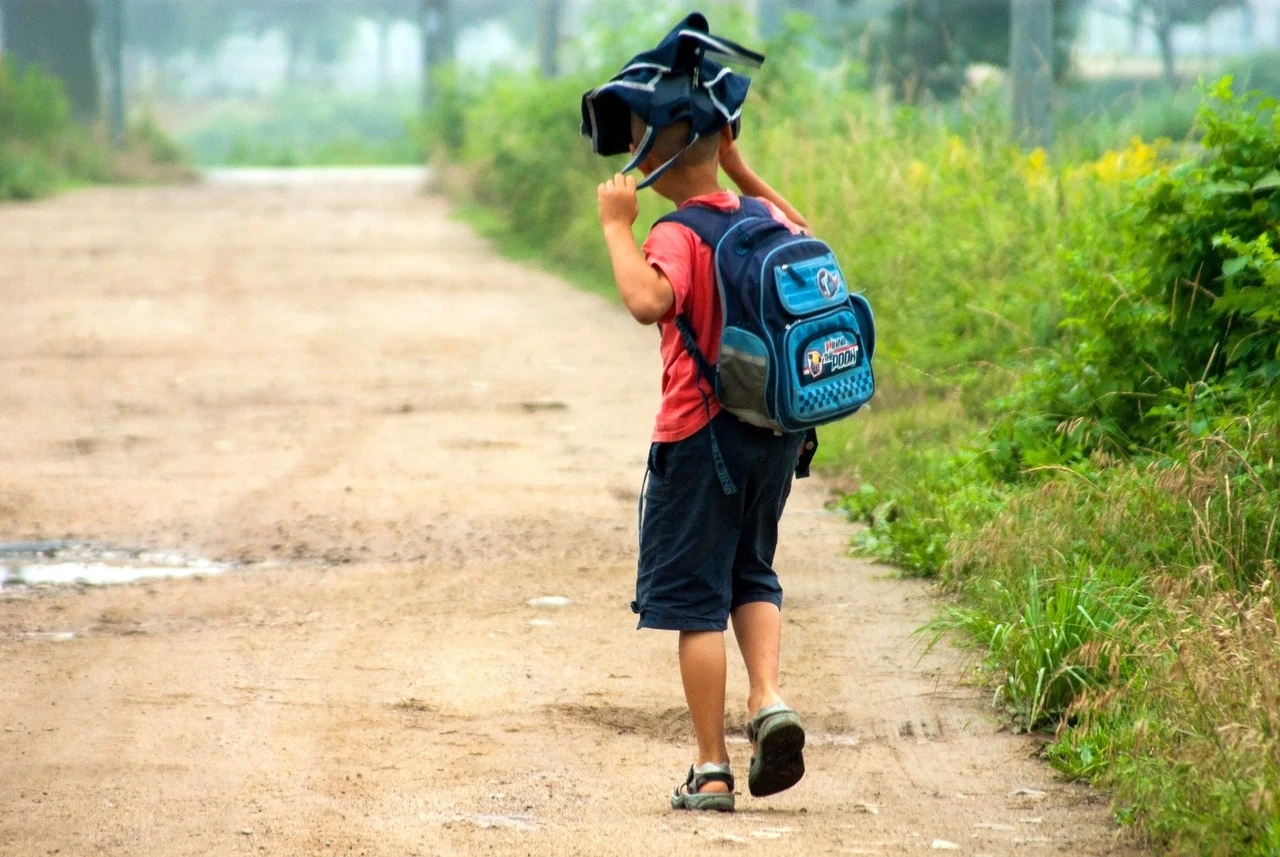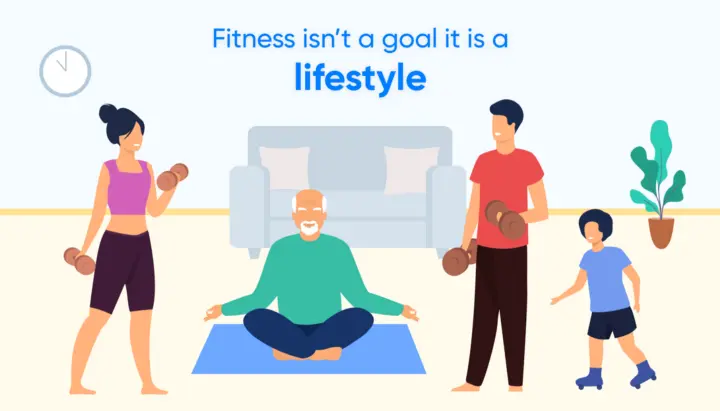
Back pain is among the most common musculoskeletal conditions of our time, with a continuous increase in incidence rates in the general population, and with frequent reference to age groups among children and adolescents.
Epidemiological studies over the world in these age groups have shown that 1 in 4, 1 in 3, and 1 in 2 children aged 11, 13 and 15 respectively will report at least once an episode with back pain.

Back pain is defined as the occurrence of symptoms spreading as height as up to the shoulder blades and low as the pelvic/sacral area.
Nearly 1 in 5 children reported having requested medical care for this episode, and nearly 1 in 10 children were absent from school for one or more days due to back pain. In a similar survey, 75% (3 out of 4 children) of children with non-specific (undefined source of pain that cannot be directly associated with pathology, both in clinical examination and/or with imaging) chronic back pain reported that the transportation of a school bag exacerbated their symptoms.
In many countries, guidelines have been adopted that set specific weight limits for school bags. These limits usually range from 10% to 15% of children's body weight, but in some cases, they are set at 5% while there are guidelines up to 20% of body weight. While reviewing the scientific research on the topic, the question arises if all these “recommendations” are backed up by the data so far. Despite the apparent lack of reliable research data, school bags have been inseparably linked to the occurrence of back pain in children and adolescents.
For years, researchers globally have been trying to figure out the risk factors for such symptoms appearing in children and adolescents. Up until recently, there have been findings linking psychosocial factors (such as anxiety, emotional stress, family environment, etc.), female gender, and smoking with an increased risk of back pain in pupils. Several studies have also investigated load strain characteristics, such as contributing factors of biomechanics (eg technique, duration of loads, etc.) or anthropometric parameters (eg height, weight, body type etc.), that are considered to be contributing to the occurrence of such episodes. However, these claims do not appear to be adequately supported by current scientific evidence.
In particular, in a recent Australian survey, data from 69 studies, corresponding to over 72,000 children and adolescents, were collected and evaluated. Several parameters were recorded, evaluated, and analyzed, such as the weight of the bag, the duration of the transfer, the type of the bag (backpack, postman, etc.), the transfer method, and the referred schoolbag weight (as it is perceived from the child).
The results were published in May 2018 in the British Journal of Sports Medicine and are summarised as follows:
1) None of the studies included in the survey indicated sufficient evidence, that the use of school bags (in its various features) is a contributing factor associated with the occurrence of back pain in children.
2) One study has shown that a child's likely report that the school bag he is carrying is heavy, is associated with the appearance of back or middle back pain symptoms.
3) In another study, children with pre-existing back pain and reported difficulty in transferring their bag showed an increased risk of symptoms aggravation and turning them into a chronic condition.
Based on the data analysis from the 69 studies available, it seems that the characteristics of the backpack (such as weight, bag design, transfer method, etc.) do NOT increase the risk of back pain occurrence in children and adolescents. Therefore, any relationship between the use of the backpack and the back pain is at best minimal and the researchers should turn their attention to other causes of symptoms in this population.
In conclusion, parents do not need to be particularly worried about what kind of bag they should choose, how the child should use it, and how heavy they should be, as there is no convincing evidence that these parameters increase the risk for pain occurrence on their children.
But there are well-grounded assertions that if the child himself reports that his schoolbag is "too heavy" or has difficulty in transferring it while already experiencing back pain, then it is best not to ignore it. In this case, we can reduce the load or make transportation easier for the child, until he feels able again to carry the full load.
Individualized education on optimal load management is currently the most effective method for people who deal with persistent or chronic pain. In particular, there is a substantial improvement in daily function as well as a significant reduction in the intensity of the symptoms. If the child suffers persistent symptoms which cannot be dealt with sufficient management, then we should contact a healthcare professional.
REFERENCES:














